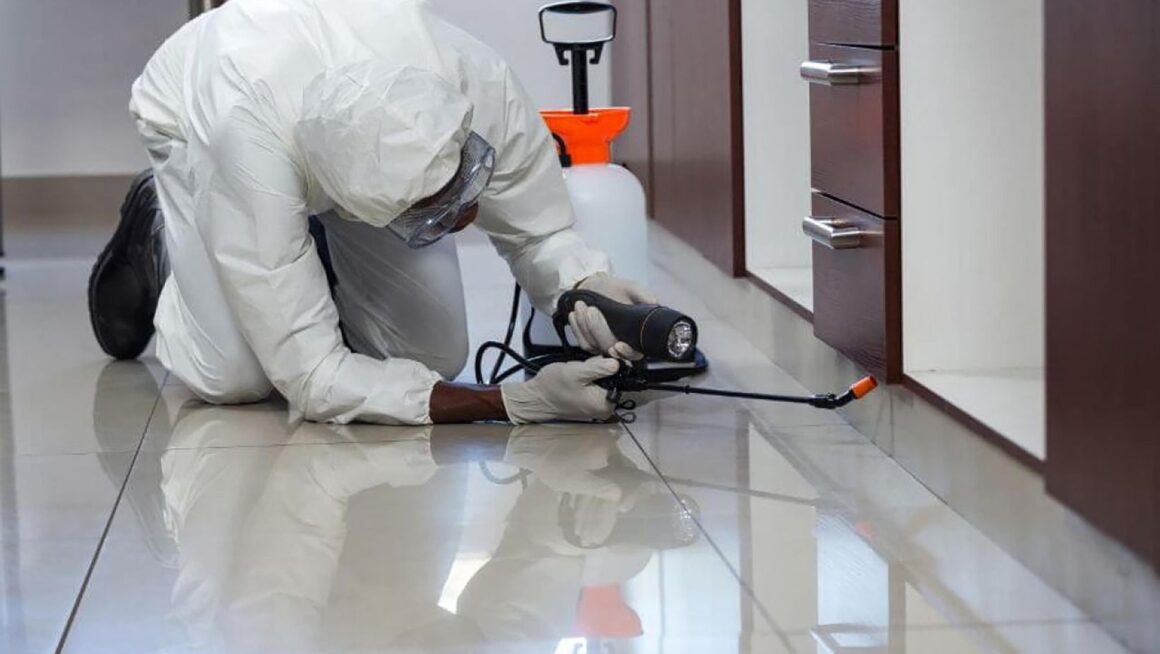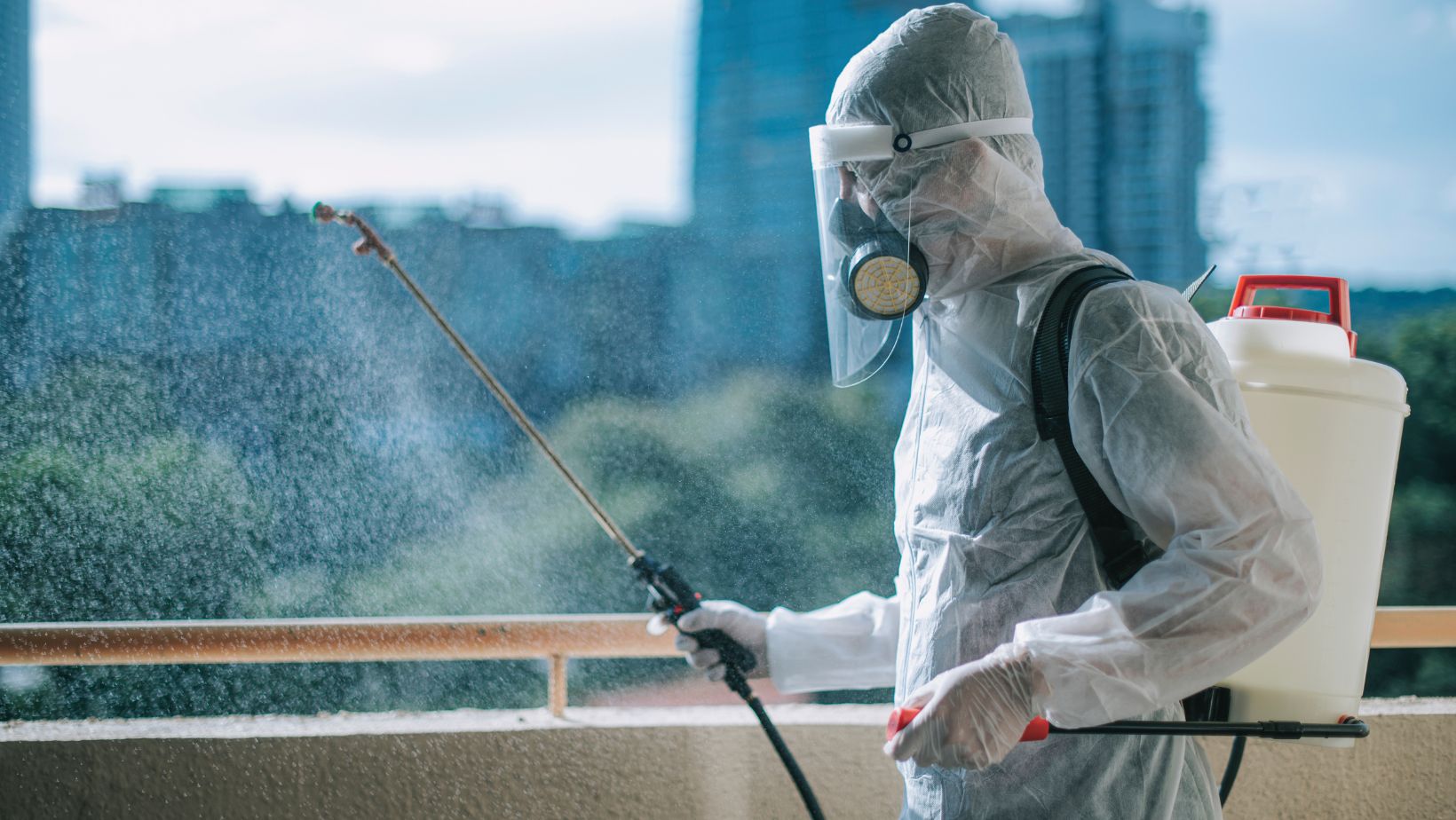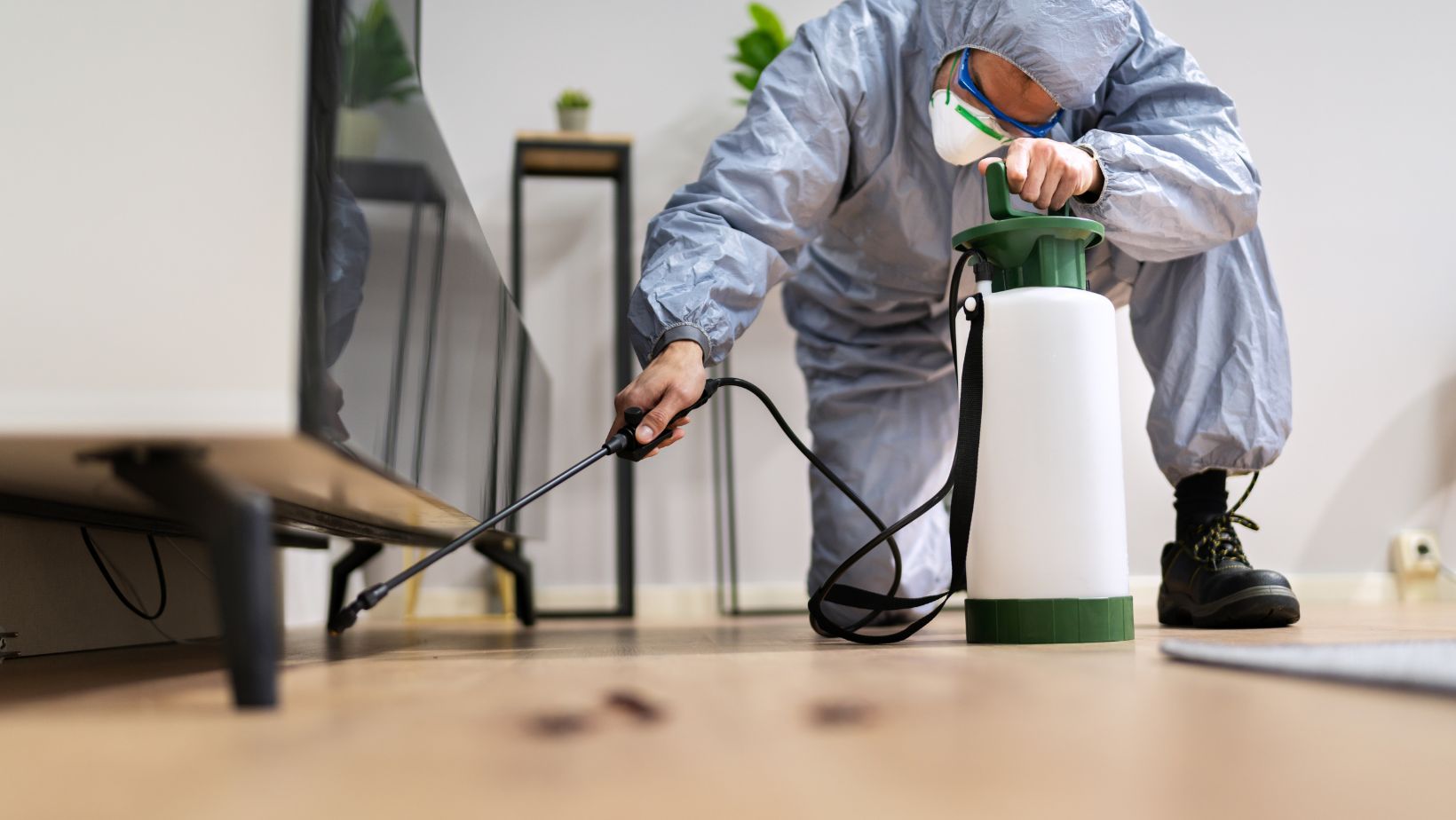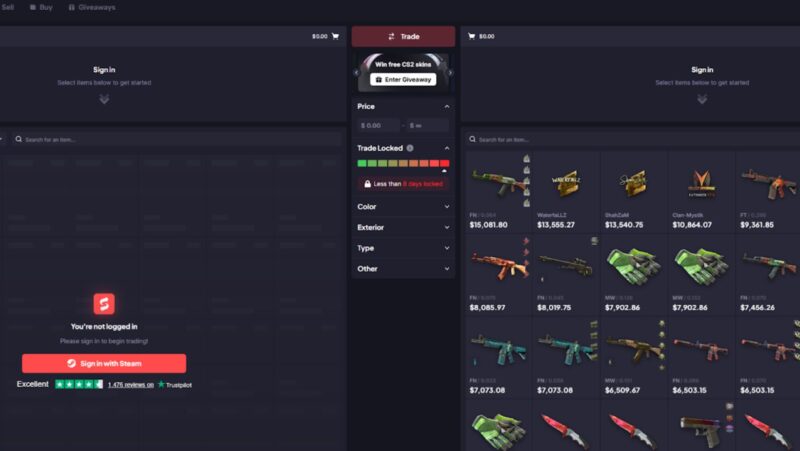Urban Pest Control Challenges: Navigating Complexities in Modern Cities

Controlling pests in urban environments presents unique challenges that affect your daily life and the well-being of your community. High population density, limited space, and older infrastructure create ideal conditions for pests such as rodents, cockroaches, and bed bugs to thrive. Understanding these urban pest control challenges is essential for effective management and maintaining public health.
Your efforts to manage pests are often complicated by the scarcity of storage space for supplies and the diverse habitats that pests exploit. The overuse of chemical pesticides can also lead to the development of resistance, rendering common treatments less effective over time. Adapting to these issues requires an integrated approach that combines chemical, mechanical, and biological methods.
You face competing demands in urban pest control, including protecting health, preserving infrastructure, and addressing environmental concerns. This means that strategies must be sustainable and well-targeted to avoid exacerbating existing problems. By understanding the unique challenges posed by urban settings, you can more effectively protect your home and neighborhood from persistent pest threats.
Fundamental Urban Pest Control Challenges
Urban pest control challenges arise from multiple interacting factors. These include environmental conditions, human activities, and the types of pests commonly found in cities. Understanding these elements is critical for effective management and prevention.
Factors Driving Urban Pest Infestations
Several factors contribute to urban pest infestations. High population density increases food waste and reduces shelter availability, creating ideal habitats for pests. Poor sanitation, including uncollected garbage and standing water, further encourages the presence of pests such as rodents and mosquitoes.
Buildings in urban areas often contain cracks and hidden spaces where pests can nest undisturbed. The limited availability of natural predators in cities also allows pest populations to grow unchecked. Transportation and trade routes contribute to the introduction of new pest species or the spread of existing ones.
Pests in urban areas thrive on the constant supply of food and shelter that human environments provide, making control a complex and ongoing process.
Impact of Urbanization on Pest Populations
Rapid urbanization intensifies pest control challenges by expanding habitats suitable for pests. Construction and infrastructure growth disturb ecosystems, forcing some species to adapt to urban settings. This causes an increase in pest populations, such as cockroaches and rats.
Urban heat islands raise temperatures, which can accelerate pest reproduction and extend breeding seasons. The dense clustering of buildings and people means pests spread faster and infest multiple dwellings quickly.
As urban spaces prioritize space efficiency, storing pest control supplies becomes difficult. This limits the scale and speed of response when infestations occur, worsening pest problems over time.
Common Urban Pest Species
Particular pest species dominate urban pest problems due to their adaptability and resilience. Rodents, especially Norway rats and house mice, exploit food waste and shelter in sewers and buildings. Cockroaches thrive in moist, dark environments, such as kitchens and drains.
Other pests include ants, bed bugs, and flies—all of which thrive in human environments with poor sanitation. Mosquitoes breed in standing water commonly found around cities, posing public health risks.
You need targeted strategies for each species since they vary widely in behavior, habitat, and resistance to control methods. Identifying these common pests enables you to tailor your pest management plan more effectively.
| Pest Type | Common Urban Habitats | Key Challenge |
| Rodents | Sewers, basements | Controlling rapid reproduction |
| Cockroaches | Kitchens, drains | Resistance to pesticides |
| Mosquitoes | Stagnant water | Disease vectoring |
| Ants | Food residues, cracks | Colony elimination |
Effective Strategies for Urban Pest Control
Managing pests in metropolitan areas requires targeted actions that address both environmental factors and the behavior of the pests. You need approaches that reduce pest access to resources, limit reproduction, and utilize monitored interventions to maintain control without excessive reliance on chemicals.
Preventive Approaches in Metropolitan Areas
Prevention starts with sanitation and habitat modification. You should eliminate standing water, food scraps, and clutter around your property to deny pests, such as rodents and cockroaches, the resources they need. Sealing entry points such as cracks and gaps in walls or around pipes is crucial to exclude pests from buildings.
Regular waste management and street cleaning in densely populated zones reduce breeding grounds for pests—proper storage of trash in sealed containers further limits access. Education campaigns for residents and businesses reinforce these practices, making prevention a community effort.
Integrated Pest Management Techniques
Integrated Pest Management (IPM) combines monitoring, identification, and targeted interventions to effectively control pests. You begin by accurately identifying the pest species, which guides your choice of control methods.
IPM favors eco-friendly tactics, such as physical barriers, traps, and biological controls, before resorting to chemical use. Monitoring with traps enables you to assess pest populations and apply treatments only when necessary, thereby minimizing the harmful effects on the environment and human health.
Your pest control plan should be dynamic, adapting to changing pest activity and urban conditions to maintain long-term effectiveness.
Collaboration Between City Agencies
Effective pest management in urban areas depends on coordination between various city departments. Health, sanitation, housing, and environmental agencies must share information and align efforts for comprehensive control.
You benefit from integrated inspection programs and joint responses to outbreaks, which reduce duplication of work and improve resource allocation. Public communication strategies led by city agencies also raise awareness and encourage preventive actions at the individual and community levels.
This collaboration enhances pest surveillance and enables prompt interventions, which are essential for managing pests in complex metropolitan ecosystems.
City-Specific Pest Control Solutions in North Richland Hills
Effective pest control in North Richland Hills requires addressing unique urban challenges, such as a warm climate, dense landscaping, and growing residential areas. Solutions focus on eliminating pests such as carpenter ants, mosquitoes, rodents, and termites while minimizing environmental impact. Custom strategies help protect your property year-round.
Innovative Solutions for Urban Infestation
In North Richland Hills, pest control integrates advanced inspections and eco-friendly treatments. Technicians identify entry points and nesting sites precisely to target infestations without unnecessary chemical use. Techniques such as integrated pest management (IPM) combine habitat modification, exclusion methods, and targeted pesticide applications.
For example, controlling mosquitoes involves larvicide treatments in standing water, combined with barrier sprays, which effectively reduce breeding grounds. Rodent control uses sealed bait stations and exclusion repairs to prevent access to homes and businesses. This innovative approach reduces the likelihood of repeated infestations and minimizes the impact on beneficial insects and pets.
Case Studies: Successes and Setbacks
Several local pest control providers in North Richland Hills demonstrate how tailored methods improve results. One commercial property utilized a combination of termite bait systems and moisture control measures to reduce termite activity by 80% within six months.
However, setbacks occur when seasonal changes lead to a rapid increase in pest activity or when untreated neighboring properties serve as sources of reinfestation. For instance, excessive rainfall created new mosquito breeding pools, requiring follow-up treatments and community cooperation. These cases underscore the importance of ongoing monitoring and adaptive strategies.
Tailored Pest Control Programs for Local Needs
Your home’s pest challenges in North Richland Hills differ from those in other regions due to the area’s unique landscape and climate. Customized programs address specific pests common to the city, such as carpenter ants that are attracted to the wooded surroundings and mosquitoes that thrive in warm months.
A well-designed program will include routine inspections, exclusion repairs, targeted treatments for pests like ants, rodents, and termites, and education on minimizing attractants. Many providers focus on sustainable pest control, combining chemical and non-chemical methods for lasting protection you can trust.
For comprehensive urban pest infestation solutions in North Richland Hills, consider contacting Critter Stop. They specialize in humane wildlife removal and pest control with a commitment to quality and service. Contact Critter Stop at (214) 234-2616 for a complimentary inspection and a personalized plan to protect your property. Their excellent reputation and positive customer feedback reflect their reliable and practical approach to pest and wildlife management.








